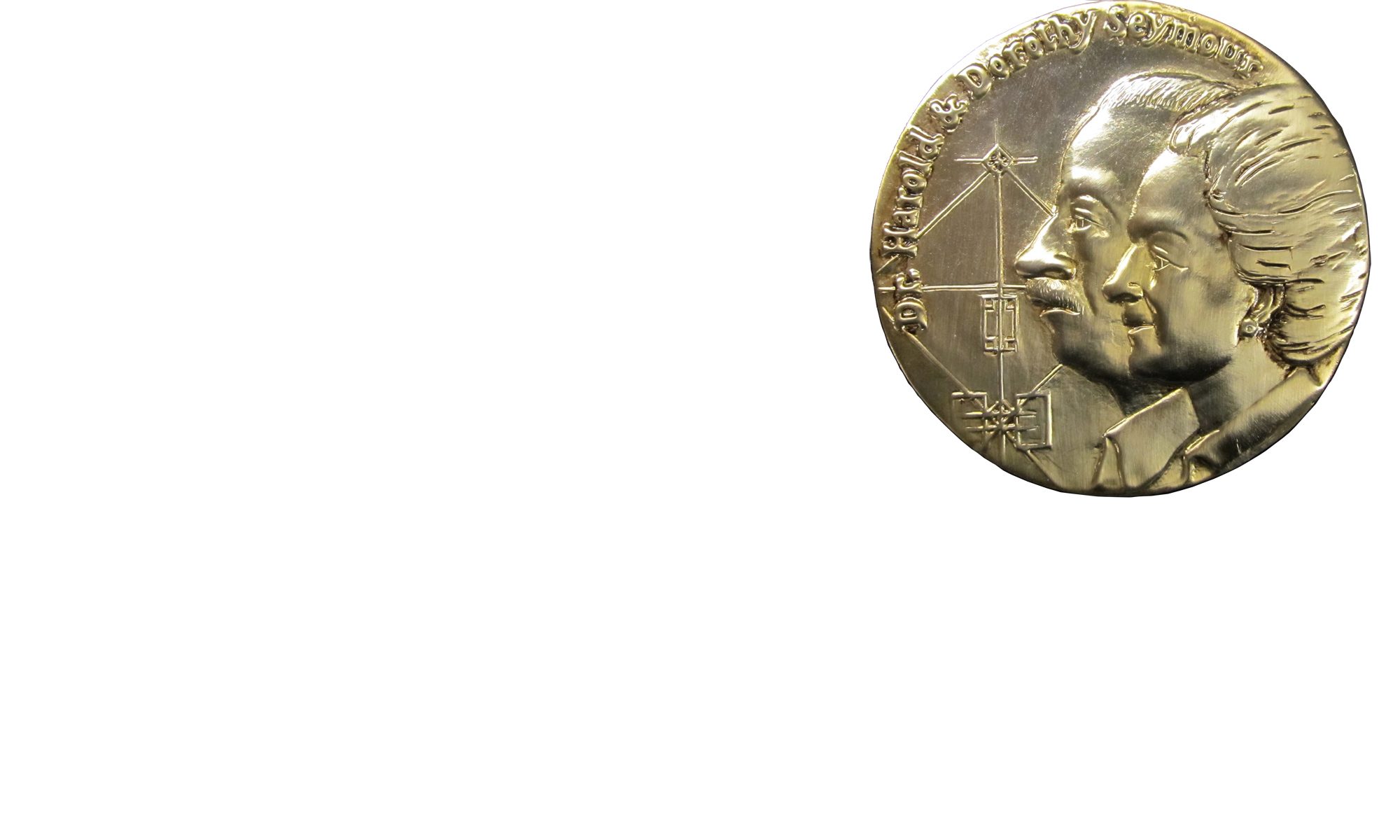Plans for a Ceremony
In a trip to visit the National Baseball Library at Cooperstown in 1994 I delivered Seymour’s ashes to Tom Heitz, then the Library’s Director, in the hope that he could arrange for interment in Cooperstown. Tom planned a ceremony to take place during the annual Cooperstown Symposium on American Culture, which attracts about a hundred scholars each year to the Otesaga, a beautiful resort hotel on Lake Otsego in the heart of Cooperstown.

